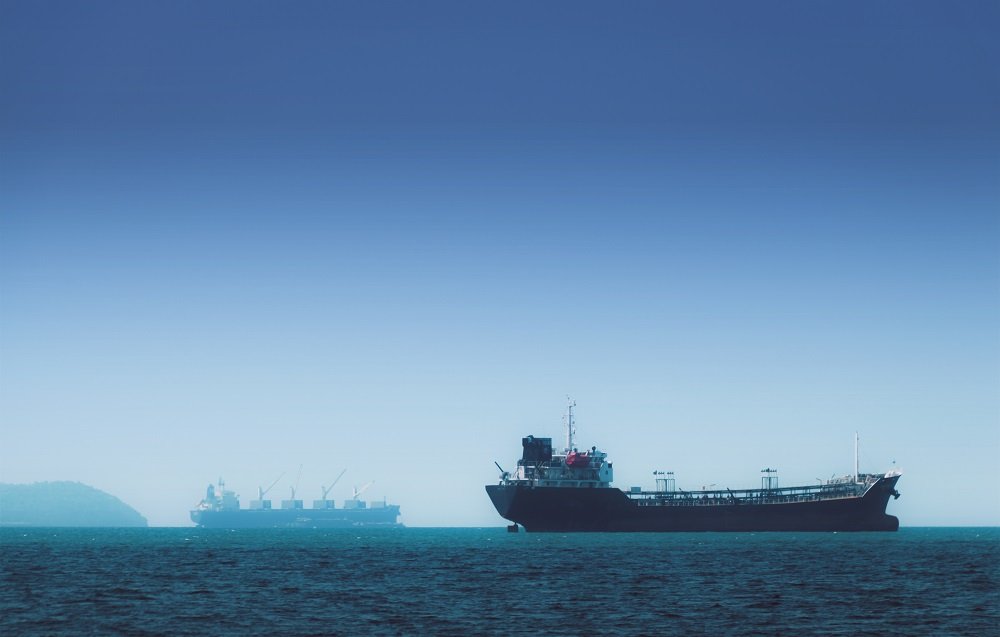However, the additional cost that bunker costs impose on the freight, while trying to reflect the increasing costs to the tenants, will cause new controversy. This situation is the same not only for tankers, but also for all ships that do sea transportation, especially fuel oil burning.
Dirty Tanker sector (crude oil, carrying black product with high fluidity values) strengthened in 2019 due to long-distance expeditions to deliver crude oil from West to East, while Clean Tankers (distilled, refined, carrying finished product) increased to the West. benefited from the trade volume.
As of January 1, the International Maritime Organization (IMO) has introduced new global regulations that reduce the amount of sulfur that ships can deliver to the atmosphere from 3.5% to 0.5% while burning bunkers in the open seas. This makes it inevitable that there will be an increasing demand for the trade of refined and sulfur-bearing products.
LOW SULFUR, HIGHER LOAD
Both clean and dirty tankers achieved strong gains in 2019 and the trend is expected to continue in 2020.
After the weak first half of 2019, oil demand increased. As the demand for refined fuels was just beginning, refineries increased its production to meet the stipulated requirements for distilled products.
If the price difference between high and low sulfur fuels expands, old and less economical ships are sent for recycling and the supply contracts.
The ton mile (Ton Mile) demand is calculated by multiplying the cargo volume carried in metric tons by the distance traveled in miles. Taking a longer distance means that the availability of ships is reduced when the total size of the fleet remains the same or, on the contrary, stabilizes the increase in tonnage supply. For this reason, analysts say that the Atlantic market will meet refined products in 2020 from the east of Suez.
According to market observers, large quantities of gas are expected to be transported from Western India and the Middle East to Western Europe, which will benefit tank transport of Long Range and Middle Range ships over the Mediterranean.
Europe may supply most of its needs from Asia, as the US will be busy serving the South American and West African markets. On the other hand, since sulfur regulation will increase the amount of cheaper and less waste fuel in Europe, these can be exported to refineries in Asia as raw materials and can contribute to freight rates.
In addition, as a result of OPEC’s decision to further reduce production in the first quarter of 2020, oil transportation from America to Asia will increase and average distances will increase. The US is expected to become a net crude oil exporter by supporting the tanker industry annually in 2020.
According to estimates, additional demand for distilled products is expected to be 2 million b / d in 2020 due to new sulfur regulations.
After a sharp rise in early October due to the US sanctions on China’s Cosco Dalian, which restricted the availability of VLCCs, daily earnings for dirty tankers have now eased, but still the prospects are positive.
According to the brokers’ estimates, VLCCs provided an average of $ 86,000 / day on major Persian Gulf-North Asia routes in 2018, which means average earnings of around $ 20,000 / day.
FEAR OF THE FLEET EXPANSION
Analysts also warned against the expansion of supply in the tanker industry.
When the seasonal increase declines in the first quarter of 2020, high freight rates in the VLCC market are likely to disappear.
Tanker freight rates can be withdrawn in the first half of 2020, but earnings are estimated to be significantly higher than in the previous year.
It may improve in the first three to six months of 2020, but a short-term increase is inevitable in an oversupply market.
The fact that a significant part of the dirty tanker fleet is used as a floating warehouse for both high sulfur fuel oil and low sulfur fuel oil due to the US sanctions on Iran, Venezuela and China prevents this fleet from being in active trade. A year later, the impact of these factors on freight charges becomes more pronounced.
However, when it comes to new builds, unlike clean tankers, a large number of crude oil tankers, more than 40 VLCC, will be delivered in 2020.

